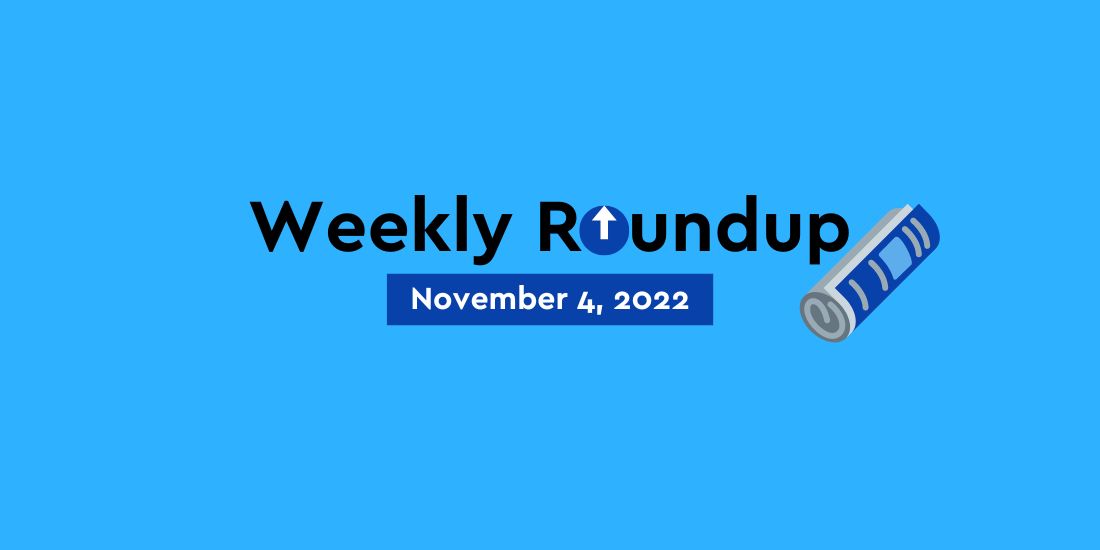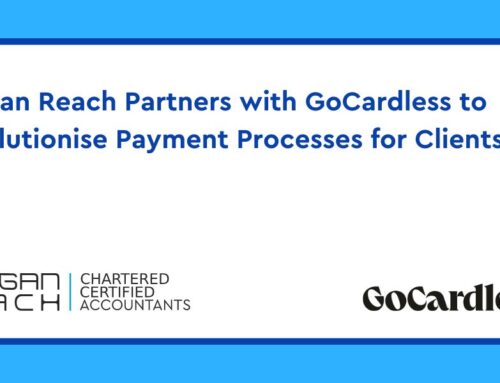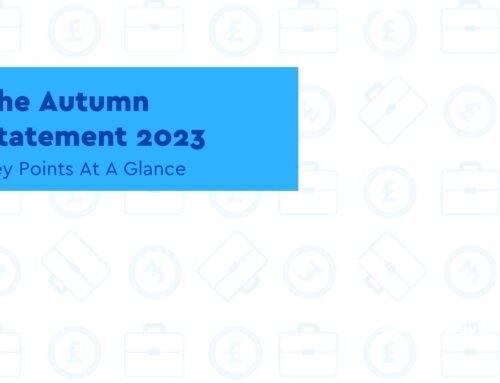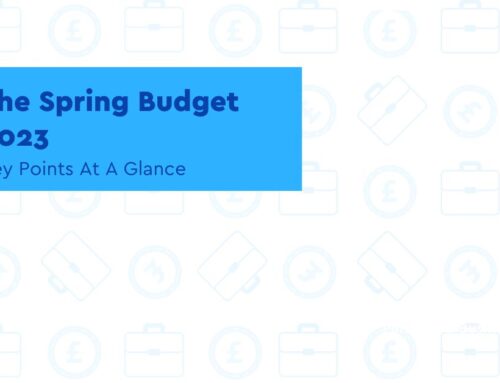News – Pension
PDP gets industry ready for dashboards
Key Points
- PDP announced its areas of focus to April 2023, which include industry readiness
- It will allow users to view all their pensions together in a secure place
The Pension Dashboards Programme (PDP) is pushing the industry to get ready for dashboards over the next six months.
In its latest update, PDP announced its areas of focus to April 2023, which include industry readiness.
The PDP will devote particular attention to raising awareness of the timeline and dashboards duties that providers and schemes will need to meet.
The PDP will make a connection hub available where schemes and providers will find content to help them start the connection process.
It is set to be accessible on the PDP website in early 2023.
In addition, the PDP will run webinars and a programme to support providers, schemes and other organisations who will be completing the process.
It will also continue to work with the pensions industry, The Pensions Regulator (TPR) and the Financial Conduct Authority.
Another objective for the PDP over the next six months is to test its connection processes support and the functionality of its central digital architecture.
During the second half of October, the technology for the dashboards ecosystem was successfully completed. It is now ready for testing with real data.
The first data to be used will be state pension data provided by the Department for Work and Pensions (DWP).
As for the first dashboard, it will be the MoneyHelper one, that the Money and Pension Service (Maps) is building.
This dashboard will be accessible through Maps website and allow users to view all their pensions together in one place in exactly the same way as any other dashboard.
Links to MoneyHelper guidance on pensions and retirement planning will also be available through the Maps dashboard.
PDP continues to work closely with Maps on the development of the frontend dashboard and preparing for connection to the pensions dashboards ecosystem.
The PDP said: “Once we are assured that this secure and stable process has been achieved, we will begin working with our early participants on testing and progressing through the steps of the connection journey.
“They will transition into the live environment, using real data, in early 2023.”
The PDP is also reviewing the responses to its consultation on standards that it ran in July and August.
It aims to publish the updated draft versions of these documents in the winter, outlining where changes have been made.
The standards will need the approval of the secretary of state for work and pensions.
Moreover, the PDP is reviewing the responses to the call for input as part of producing draft design standards.
It will hold a consultation in the winter alongside the FCA’s consultation on qualifying pensions dashboard services rules. The consultation will seek feedback on the draft design standards.
The PDP will then review the consultation feedback and produce an updated version of design standards for publication in 2023.
It will also provide an update in the next six months on consumer protection to explain the obligations of pension providers, schemes and dashboards providers.
This will set out how consumers are being protected through the distributed regulatory framework.
It will also highlight which regulator is responsible for ensuring compliance in relation to organisations’ interactions with dashboards.
The PDP will host a webinar to discuss progress on the programme in more detail on 3 November 2022 between 11am and 12pm. PDP principal Chris Curry will be joined by TPR and DWP.
He said: “As well as allowing users to view all their pensions together in a single, secure place, pensions dashboards will also connect people to pension pots that they may have ‘lost’.
“At the same time, dashboards will also open new opportunities for pension providers and schemes to engage their customers and members in a dialogue about their retirement savings. Crucially, this will supplement existing ways of communicating – ensuring that those without digital access are not excluded.
“I remain grateful to those across government, industry, the regulators and others who continue to work together in a spirit of co-operation to make pensions dashboards a success.”
This article was derived from: https://www.moneymarketing.co.uk/news/pdp-gets-industry-ready-for-dashboards/
News – VAT
HMRC opens electronic refund route for non-UK businesses claiming UK VAT
Key Points
- During the refund period you can claim UK VAT on goods and services purchased
- You cannot reclaim VAT on goods and services used for non-business activities
Businesses registered outside the UK who cannot, or should not, be registered for UK VAT, can make a refund claim for UK VAT incurred on business activities undertaken in the UK. For example, taking part in a trade fair.
If you’re registered for business purposes in a country outside the UK and you buy goods or services in the UK, you may have to pay UK VAT. This need not happen if you buy goods for export, but it may apply if what you buy is used in the UK. For example, if you take part in a trade fair.
If you’re not registered for VAT in the UK you cannot treat this VAT as input tax, but you may be able to use this scheme to reclaim VAT charged on imports into the UK or purchases of goods and services used in the UK.
To date, businesses making such a refund claim have been required to make the claim by post. However, non-UK businesses can now make the refund claim electronically using HMRC’s Secure Data Exchange Service (SDES). Businesses should email newcastle.oru@hmrc.gov.uk to request access, stating “SDES” in the subject field.
Businesses must have applied to be registered for the SDES by 30 November to make a claim by the 31 December deadline for claims for the period from 1 July 2021 to 30 June 2022. For businesses that miss this registration deadline or that do not wish to make a claim electronically, the claim can still be made by post.
Who can apply
If you’re registered for business purposes in a country outside the UK, you may use the scheme to reclaim VAT paid in the UK. You can do this if you meet these 2 conditions:
- You are not registered, liable or eligible to be registered for VAT in the UK, you’ll find more about this inNotice 700/1: who should register for VAT
- You have no place of business or other residence in the UK and do not make any supplies in the UK (other than transport services related to the international carriage of goods, or supplies where VAT is payable by the person in the UK to whom the supply is made)
It is a condition of the scheme that your own country allows similar concessions to UK traders in respect of its own turnover taxes. Your application will only be refused on these grounds if your own country has a scheme for refunding these taxes but refuses to allow UK traders to use it.
Goods and services you can and cannot reclaim VAT on
During the refund period you can claim UK VAT on:
- Goods and services purchased
- Goods imported into the UK
You cannot use the scheme to reclaim VAT on:
- Goods and services used for non-business activities, but if a supply covers both business and non-business use, VAT can be reclaimed on the business element of the supply only
- Any supply used or to be used to make a supply in the UK
- The supply or importation of most ordinary business cars, only 50% of the VAT incurred on the hire of lease of a car for mixed business and private purposes is allowed
- Certain second-hand goods, like cars and antiques for which no tax invoice will be issued
- Business entertainment or hospitality expenses, as an exception, VAT on entertainment for overseas customers may be reclaimed but only if it is of a very basic nature
- Export of goods, but these will be zero-rated, provided the supplier has the necessary evidence
- Goods and services, like hotel accommodation, you have bought for resale which are for the direct benefit of travellers
- Any supply used or to be used to make an exempt supply outside the UK (for this purpose an exempt supply is a supply described as exempt in Schedule 9 to the VAT Act 1994, whether or not the place of the supply is in the UK)
- Goods in Northern Ireland that could beclaimed under the process for claiming VAT incurred in Northern Ireland
This article was sourced from: https://www.gov.uk/guidance/refunds-of-uk-vat-for-non-uk-businesses-or-eu-vat-for-uk-businesses
News – Employers
Student loans – getting deductions and plan types correct
Key Points
- Although most employers get it right first time, there is still a small percentage who do not
- Employers are responsible for providing HMRC with details of the deductions in real time
According to Real Time Information (RTI) data for 2021 to 2022, over 95% of employers accurately deducted student loan and postgraduate loan for their employees and sent this information to HMRC on their Full Payment Submission within the RTI submissions.
Although most employers get it right first time, there is still a small percentage who do not.
Employers are responsible for:
- Actioning student loan and postgraduate loan start and stop notices
- Deducting student loan and postgraduate loan using the correct:
- Plan and loan type supplied by their employee
- Thresholds and rates for the relevant loan and plan type
- Providing HMRC with details of the deductions in real time
- Paying the student loan and postgraduate loan deductions to HMRC along with tax and National Insurance contributions
- Giving employees details of the deductions on their wage or payslip and P60 certificate
Your role in collecting student loan and postgraduate loan through the tax system is important.
Errors on RTI
Common errors identified on RTI were:
- No student loan and postgraduate loan deductions taken, despite HMRC sending a start notice
- Student loan and postgraduate loan deductions taken and recorded under the wrong loan or plan type
- Deductions continuing after a stop notice has been issued
Tips for getting student loans right
When you receive a ‘start notice’ or ‘stop notice’, you should:
- Action start and stop notices on the next available payday from receipt.
- Always check the start notice, even if you are already taking deductions (this will give you reassurance that you are taking deductions under the correct loan and plan type).
- Apply the relevant loan and plan type to your payroll (this can be found on the start notice, by asking the employee or by checking the starter checklist for new employee — if the employee does not know their loan or plan type, they can log into their Student Loans Company account).
- Apply the correct thresholds and rates for the relevant loan or plan type.
- Take extra care to make sure entries are recorded accurately on the employees RTI Full Payment Submission.
Where you do not action the start or stop notice, or take deductions under the wrong plan type, HMRC will send a Generic Notification Service message to your Online PAYE account as a reminder. We recommend you register for email alerts for Generic Notification Service messages.
This makes sure:
- Employees do not under or overpay their student loan or postgraduate loan
- HMRC sends the accurate deductions to the Student Loan Company, which reduces the risk of unnecessary Student Loans Company interest charges being charged to your employee
- The student loan balance remaining is up to date
This article was sourced from: https://www.gov.uk/government/publications/employer-bulletin-october-2022/october-2022-issue-of-the-employer-bulletin#student-loans
News – Interest rate
Interest rate rises to 3%
Key Points
- The economic downturn will last until mid-2024, according to the central bank
- As well as affecting mortgages and savings accounts, interest rates also influence the interest charged on things like credit cards, bank loans and car loans
The Bank of England has delivered its biggest interest rate rise in more than three decades as it warned of the longest recession on record.
Interest rates have risen by 0.75 percentage points to 3 per cent in the biggest single rate rise since 1989 as the central bank battles double-digit inflation.
Officials said the looming recession will be longer than expected because of the impact of the recent sell-off of UK assets on the cost of government borrowing. Investors’ forecasts for yields on government bonds, which are taken as a measure of the cost of public borrowing, have risen for the next few years.
The economic downturn, which is thought to have started this summer, will last until mid-2024, according to the central bank. It will be longest recession since the First World War but it will not be as deep as the downturn that followed the financial crisis of 2008.
As well as affecting mortgages and savings accounts, interest rates also influence the interest charged on things like credit cards, bank loans and car loans. Following today’s decision, lenders could decide to increase these fees if interest rates rise again.
The Bank of England’s decision means its benchmark interest rates have hit 3% for the first time since November 2008, in the midst of the financial crisis. Before the economic downturn, the rate for much of the 2000s varied between 3.5 and 6%.
The recession is expected to knock 2.9 per cent off the size of the economy, which is less than half of the 6.3 per cent decline in output that followed the financial crisis.
Inflation, which hit 10.1 per cent in September, is expected to peak at 11 per cent this winter before falling next year. Further interest rate rises are on the way, but they are unlikely to go as high as investors’ predictions of 5.2 per cent, rate-setters said in the minutes of their meeting this morning. The Bank’s inflation target is 2 per cent.
The 0.75 percentage points increase from 2.25% to 3% means a £73.49 monthly rise for the average tracker mortgage, and £46.22 for the average standard variable rate (SVR) mortgage.
Since December, when the base rate was 0.1%, the average monthly mortgage payment has increased £284.17 for the average tracker, and £178.70 for the average SVR.
Latest Snippets
UK house prices fall for first time in a year
The average house price dropped by 0.9% in October, the first monthly drop in over a year, the latest house price index from Nationwide Building Society revealed.
As a result, the average property price now stands at £268,282. The drop meant that the rate of annual house price growth also slowed considerably, from the 9.5% registered in September to 7.2%.
While the housing market had shaken off ‘multiple blows’ in recent years, it had not been able to dodge the impact of the mini Budget and the cost-of-living crisis.
It’s also worth noting one of the few policies from the mini Budget to remain in place was the stamp duty cut. If this continues, the size of the house price drop might be lower as more people still opt to take advantage of this tax saving despite the economic backdrop.
Pension opt-outs rise as inflation surges
The proportion of savers opting out of their workplace pension has risen from 7.6% in January 2020 to 10.4% in August 2022, according to figures from the DWP.
Auto-enrolment in workplace pensions started 10 years ago in October 2012. Since then, there have been real term increases in total annual contributions for eligible savers in both the public and private sectors, for both male and female employees.
According to The Pensions Regulator, more than 10.7 million employees have been auto-enrolled. Minimum contributions started at 2% before being upped to 5%, and now stand at 8%.
But experts have raised concerns that the cost-of-living crisis could mean a surge in people opting out, with keeping people in the retirement saving habit likely to become a significant challenge as living costs rise.
Get In Touch
At Morgan Reach, we understand every business needs a little help now and again-especially when it comes to the financial side of things. Therefore, to help our clients and visitors we endeavour to cover as much of the business news as possible. If you are self-employed or run a business and need assistance and advice on how these news could make a difference to you or your business, feel free to get in touch with the experts at Morgan Reach. Our business growth experts at Morgan Reach will guide you through what support is available for you or your business as well as the latest news that may affect you.







